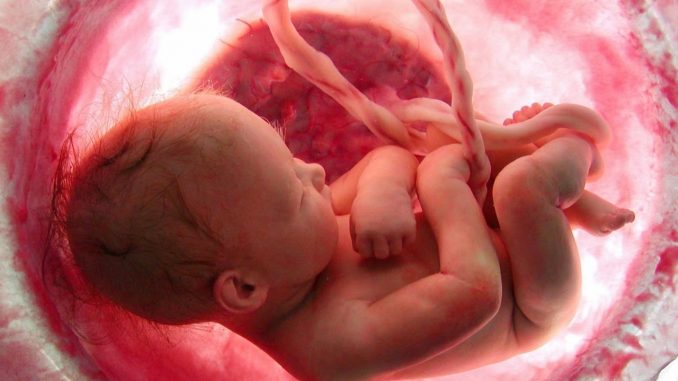
- Sexual reproduction occurs in both unicellular and multicellular organisms which involves two individuals (male and female) but of the same species.
- The offsprings thus produced from sexual reproduction resemble their parents but at the same time show variations to them.
- Sexual reproduction in animals occurs by following methods:
1.Oviparous animals: Those animals which reproduce by means of eggs that are hatched after they have been laid by the parent. E.g. birds, reptiles etc.
2. Viviparous animals: These animals reproduce by giving direct birth to young which have developed inside the body of the parent. E.g. mammals
*Some aquatic mammals like duck billed platypus first lay eggs and then hatch them into young ones to suckle them with milk.
3. Ovo-viviparous animals: These animals produce young ones by means of eggs which are hatched within the body of the parent. E.g. some snakes, sharks etc.
- Unicellular organisms like Paramecium reproduce sexually by conjugation, where there is a mutual exchange of nuclei between the two conjugants.
- Higher multicellular animals produce a small and motile gamete, the sperm and a large-sized, non-motile female gamete, the ovum.
- The process of formation of gametes in living organisms is called gametogenesis.
- Sperms are produced in the testes in males by the process of spermatogenesis and ova or eggs are produced by females in their ovaries by the process of oogenesis.
- Sexual reproduction may/may not involve a mating process or copulation in which male and female gametes fuse to form a zygote that later grows into a new organism.
- This process of fusion of male gamete and a female gamete to form a zygote (fertilized ovum) is called fertilization.
- Fertilization is of two types:
- External fertilization:
- The fusion of male and female gametes outside the body of female (egg producer) is called external fertilization.
- Some animals like fish and amphibians reproduce by this method.
- The female lays many eggs in water and then male releases sperms over the eggs in large number.
- Copulation doesn’t occur and the zygote develops outside the body of female.
- Internal fertilization:
- The fusion of male and female gametes inside the body of female (egg producer) is called internal fertilization.
- It is most common in land animals (mammals), reptiles and birds.
- Copulation occurs and hence male releases its sperms inside the female’s body to fertilize the egg.
- Few female gametes are produced in this process and zygote develops inside the body of female.
- External fertilization:

Development of zygote after fertilization:
- The early stages of embryonic development begin with fertilization.
- The process of fertilization is tightly controlled to ensure that only one sperm fuses with one egg.
- After fertilization, the zygote (fertilized ovum) undergoes cleavage by mitosis to form a solid ball of cells called morula which develops into a blastula (over 100 cells).
- The blastula, which in some species is a hollow ball of cells, undergoes a process called gastrulation, to form gastrula, in which the three germ layers form.
- The ectoderm gives rise to the nervous system and the epidermal skin cells.
- The mesoderm gives rise to the muscle cells and connective tissue in the body.
- The endoderm gives rise to columnar cells and internal organs.
- Gastrula later develops into an embryo and then into a fetus.
- After complete gestation period (the process or period of developing inside the womb between conception and birth) in mammals, the baby is born.
Useful content